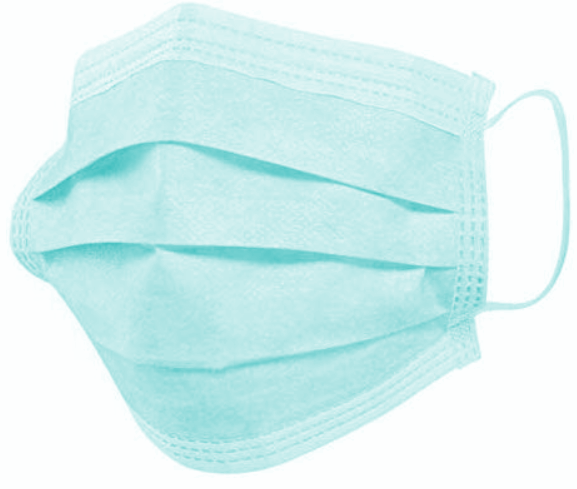COVID plans re-checked
 Australian researchers have modelled 104 combinations of public health and social measures to determine the best COVID policy.
Australian researchers have modelled 104 combinations of public health and social measures to determine the best COVID policy.
Ongoing vaccination and lower thresholds for escalating public health and social measures may be vital components to combat future COVID-19 variants, the new research suggests.
University of Melbourne researchers have modelled dozens of policy packages of public health and social measures for Victoria, including increased and improved mask-wearing during large infection surges, and various vaccination scenarios that could be implemented in the context of ongoing viral evolution over 12 months from October 2022.
The research model predicts high numbers of infections and deaths in Victoria during the 12-month period across all future variant scenarios (4.2 million infections and 8,100 deaths on average), regardless of what policy is implemented.
Despite this, the model predictions showed having lower thresholds to escalate public health and social measures such as wearing masks and working from home did reduce infections, hospitalisations and deaths as well as long COVID – but at a greater economic cost to society.
University of Melbourne researcher Dr Joshua Szanyi, a lead researcher on the study, said “these findings tell us that we need to be prepared for this pandemic to continue,”
“If we are unlucky and get another highly virulent variant like Delta, we may need to have a low threshold for introducing some restrictions to protect lives, even when we take into account economic losses”.
Dr Szanyi said that as future waves are inevitable, ongoing vaccinations are crucial to counteract waning immunity to avoid serious illness.
“In our modelling, ongoing rounds of vaccination to all adults 30 years and over reduced both the disease burden and pressure on health services, and reduced the duration that society retreated to working from home and other control measures.”
Interestingly, the modelling showed increasing mask use, and the government provision of respirators like N95 masks during large surges of infection were only marginally beneficial at reducing disease burden and reducing pressure on the health system.
“Masking up during large surges is still a good idea for the whole population, and certainly beneficial for vulnerable people, but is also a bit like acting after the horse has bolted,” Dr Szanyi said.
“For masks to have maximal effect, we likely need widespread use when transmission is moderate, not just during large surges. Whether society would accept such a policy, however, is another trade-off to consider.”
An interactive version of the study can be found online, allowing users to alter future variants and the relative importance of different outcomes, to determine their “best” policy package to respond to the ongoing pandemic in Victoria.







 Print
Print